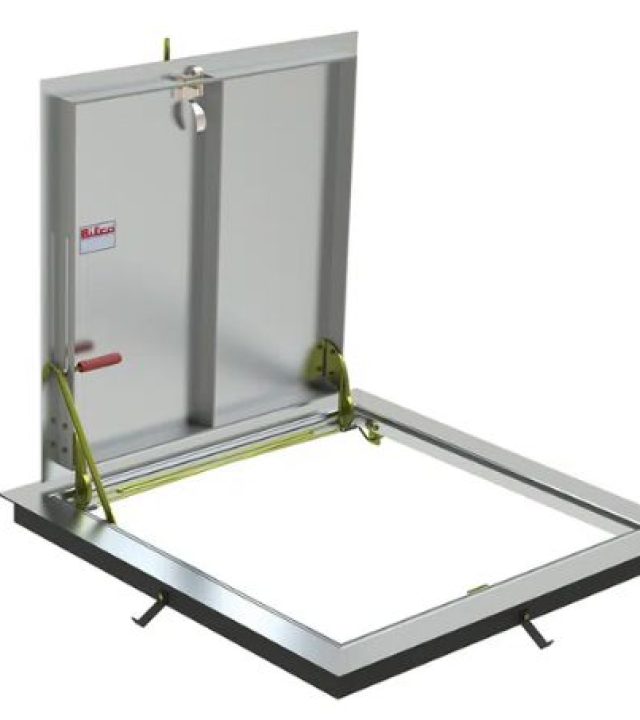Access Doors

Access Doors
Access doors play a critical role in HVAC (Heating, Ventilation, and Air Conditioning) systems, providing convenient entry points for technicians to access ductwork, components, and other vital parts of the system. This article explores the significance of access doors in HVAC systems and how they contribute to efficient maintenance and inspection processes.
- Opportunities
- Development
- Execution
- Logistics & IPD
Key Points:

Accessibility
Access doors allow technicians to easily access ductwork, air handlers, coils, filters, and other HVAC system components for inspection, cleaning, and maintenance purposes. This accessibility ensures that any issues or problems can be quickly identified and addressed, leading to improved system performance and longevity.

Versatility
Access doors come in various sizes, shapes, and materials to accommodate different HVAC system configurations and requirements. They can be installed in ceilings, walls, or ductwork, providing flexibility for technicians to access different parts of the system as needed.

Durability
Access doors are typically constructed from sturdy materials such as galvanized steel, aluminum, or stainless steel to withstand the rigors of HVAC environments. Their durable construction ensures longevity and reliability, even in harsh conditions.

Air Leakage Prevention
Properly installed access doors help prevent air leakage in HVAC systems by providing a tight seal when closed. This helps maintain the efficiency of the system by minimizing energy loss and ensuring that conditioned air reaches its intended destination.

Compliance
Access doors are often required to meet building codes and regulations, ensuring that HVAC systems are installed and maintained to industry standards. Compliance with these regulations is essential for the safety, efficiency, and legality of HVAC installations.
We Provide the Best Service in Industry
Experience unmatched service excellence with Venti-Tron. Your satisfaction is our first priority.
